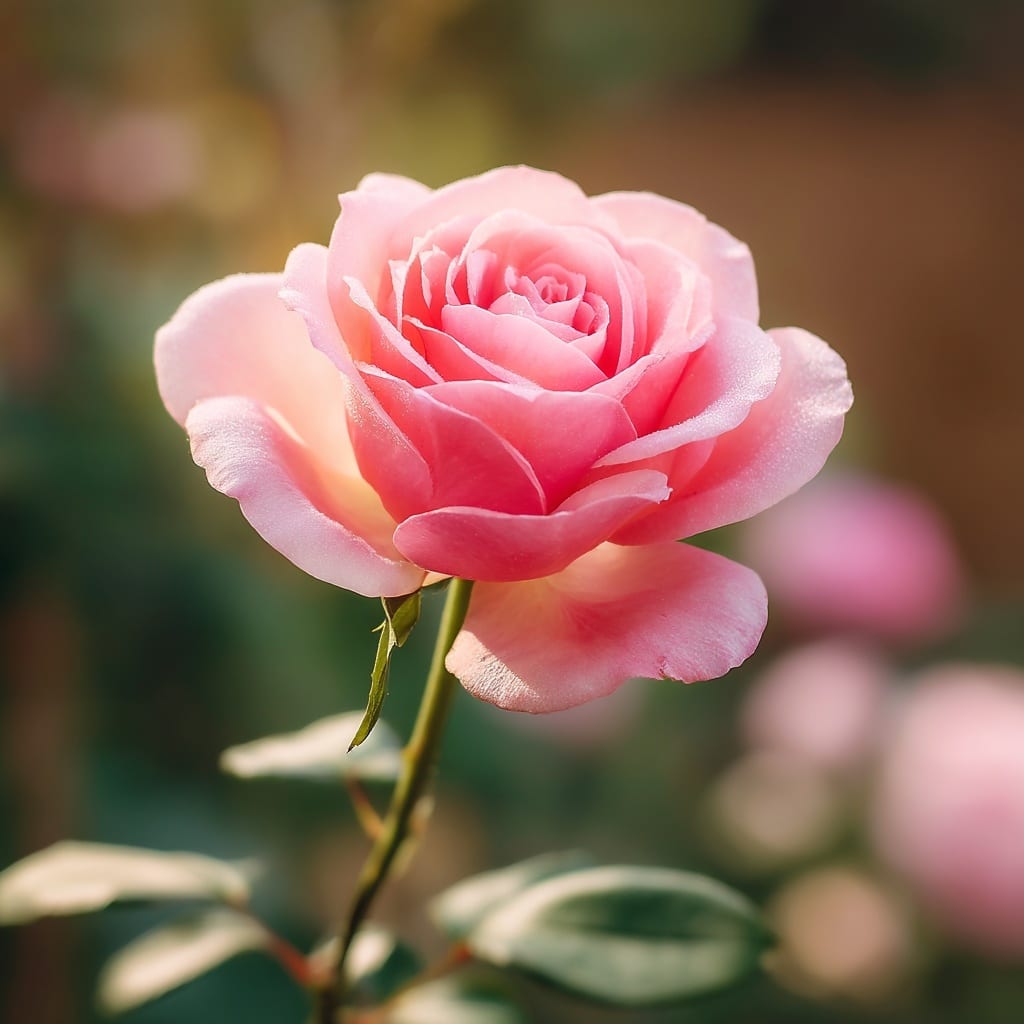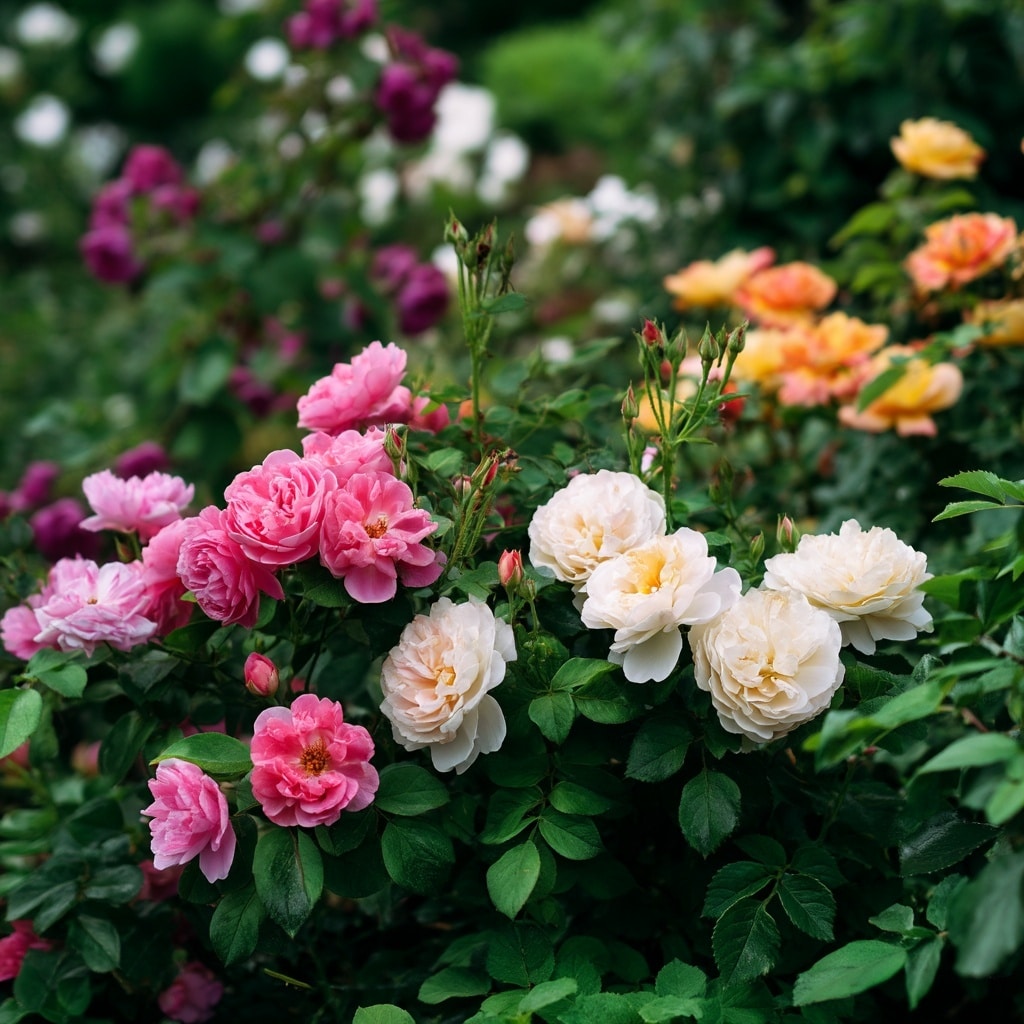Roses are more than just iconic flowers—they’re the heart of countless gardens, a symbol of romance, and a rewarding challenge for plant lovers. With over 300 species and thousands of cultivated varieties, it’s no surprise that choosing the right rose can feel overwhelming. Whether you’re designing a lush cottage garden, filling out a border, or looking for fragrant blooms to clip and bring indoors, understanding the different types of roses is key to planting success. In this ultimate guide, you’ll discover how roses are categorized, what makes each type unique, and which varieties might be the perfect fit for your garden style and growing conditions.
Table of Contents
The 3 Main Categories of Roses
Before diving into specific varieties, it helps to understand how roses are broadly categorized. Experts typically classify them into three main types: Old Garden Roses, Wild Roses, and Modern Roses. These categories reflect not just appearance, but also bloom habits, fragrance, and care requirements.
Old Garden Roses
Sometimes called “heritage” or “antique” roses, these types predate 1867 and are known for their historic charm. They typically bloom once a season but offer a powerful fragrance and natural resistance to pests and diseases. Their layered, often double-petaled blooms evoke a timeless beauty and grow well with minimal intervention.
Old Garden Roses are ideal for gardeners who appreciate tradition and don’t mind a short but spectacular flowering season.
Wild Roses
Also known as species roses, these are the original, untamed ancestors of the cultivated varieties we know today. Most wild roses have five-petal, single blooms and are almost always pink—white and yellow forms are quite rare. These tough, naturally occurring plants are a favorite for naturalized gardens and are exceptionally hardy.
If you’re aiming for a low-maintenance, native-inspired landscape, wild roses are a perfect fit.
Modern Roses
Bred after 1867, Modern Roses were developed to improve bloom frequency, size, and variety. Unlike Old Garden Roses, these bloom repeatedly throughout the growing season and often produce large, showy flowers. They’re the most common roses found in garden centers today.
However, this beauty sometimes comes at a cost—modern varieties may lack the strong scent and disease resistance of their older counterparts. Still, their vibrant colors, long stems, and wide range make them favorites for floral arrangements and ornamental beds.
Popular Rose Types to Grow in Your Garden
Within the three main categories of roses, you’ll find a wide variety of types that differ in growth habit, flower size, fragrance, and ideal uses. Whether you’re looking for a rose to climb a trellis or fill out a border, there’s a variety perfectly suited to your garden.
Let’s explore the most common types of roses gardeners love to grow:
Climbing Roses
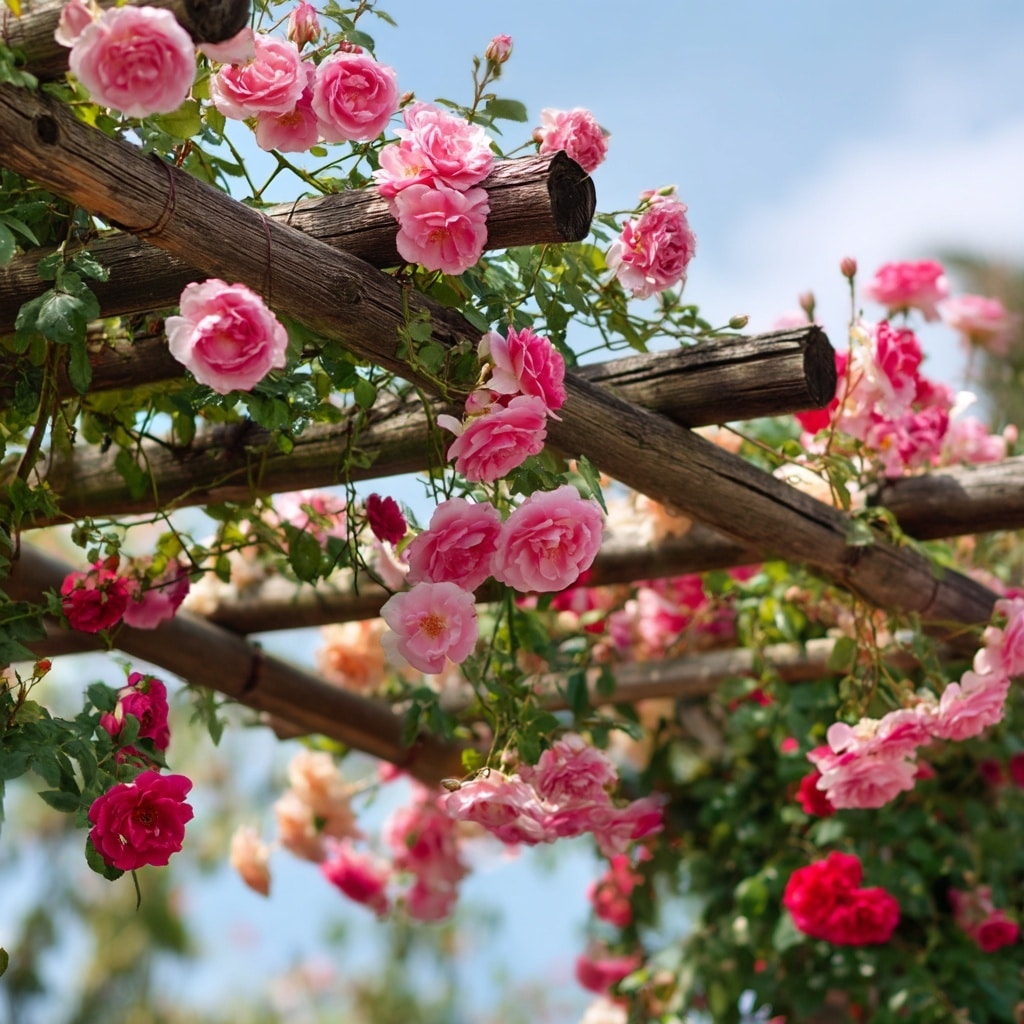
Despite the name, climbing roses don’t naturally cling like vines, but their long, flexible canes can be trained to grow along arbors, fences, and trellises. With the right support, these roses can reach up to 15 feet in height.
Climbing varieties produce abundant blooms—often repeatedly—and look stunning when allowed to sprawl horizontally. They come in several subtypes, including hybrid teas and floribundas, so you’ll find options in every color and form.
✅ Best for: Walls, pergolas, garden entrances
✅ Tip: Encourage horizontal growth for more flowers
Hybrid Tea Roses
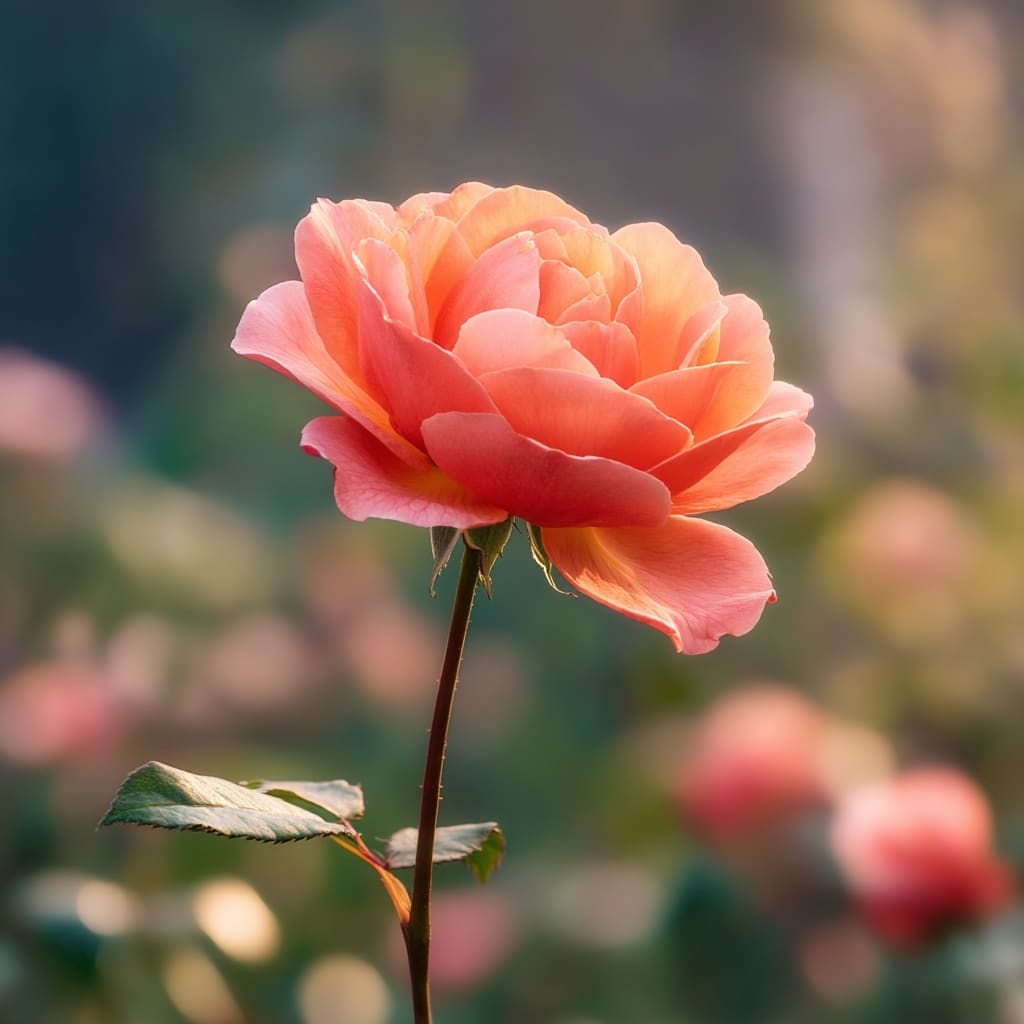
Arguably the most popular type, hybrid tea roses are known for their classic form—one large, shapely bloom per stem. With their long stems and elegant appearance, they’re a staple in cut flower arrangements.
These roses bloom in flushes throughout the season and are available in a wide palette of colors. Some varieties are fragrant, while others prioritize size and color over scent.
✅ Best for: Flower beds, cutting gardens
✅ Tip: Needs regular pruning and feeding for best results
Grandiflora Roses

A cross between hybrid teas and floribundas, grandiflora roses offer the best of both worlds. They bloom in clusters like floribundas but maintain the tall, stately structure of hybrid teas.
Grandifloras are reliable bloomers and tend to be larger in size, both in flower and shrub form. If you want roses that make a bold statement, grandifloras are a solid choice.
✅ Best for: Formal beds, back-of-border plantings
✅ Tip: Stake tall stems to prevent bending in wind
Floribunda Roses
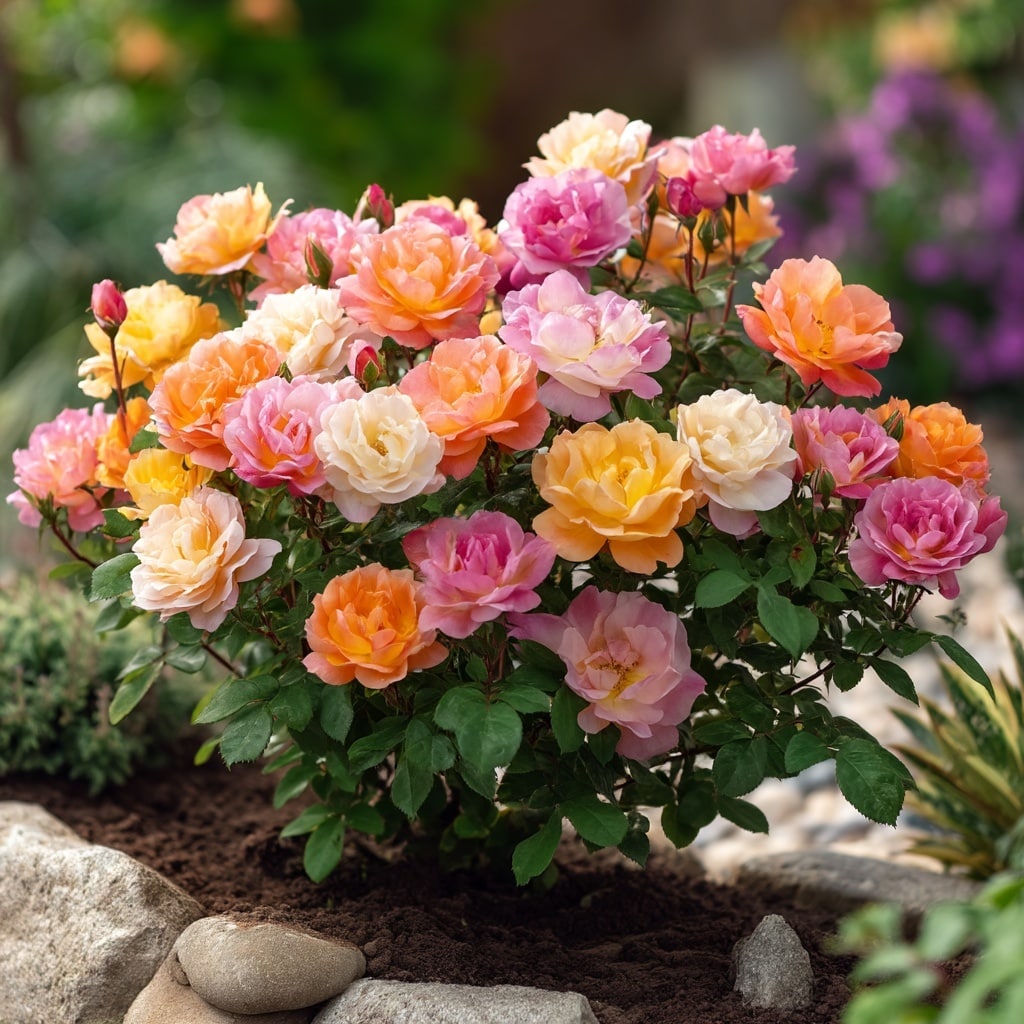
Designed for consistent color and low maintenance, floribunda roses bloom in generous clusters from spring to frost. While their individual flowers may be smaller than hybrid teas, the sheer quantity of blooms creates a stunning effect.
Floribundas are hardy, disease-resistant, and ideal for mass plantings or mixed borders. Their manageable size also makes them suitable for containers.
✅ Best for: Borders, containers, colorful hedges
✅ Tip: Deadhead spent blooms to prolong flowering
Polyantha Roses
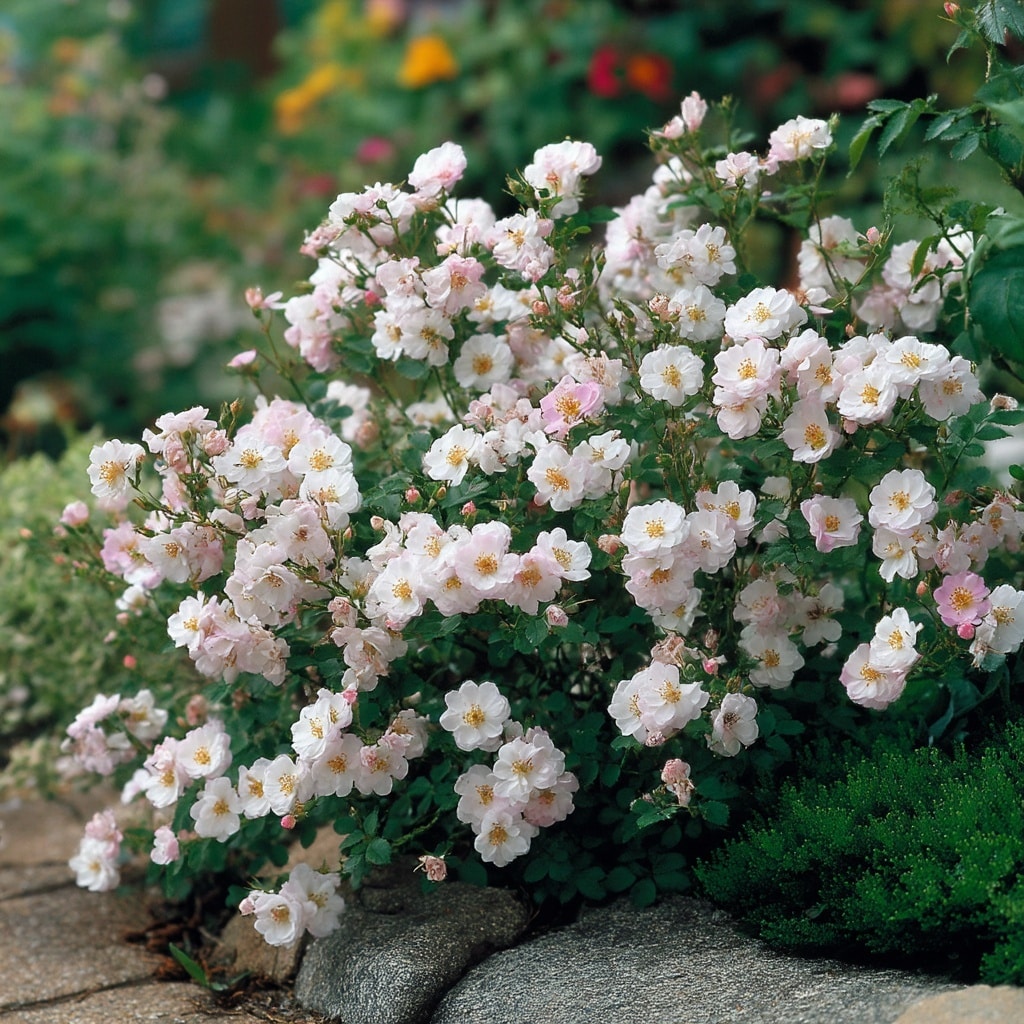
Compact and bushy, polyantha roses are perfect for edging paths or creating low borders. They’re covered in clusters of small blooms that range in color from white to soft pink to bright red.
These roses are prized for their resilience—they handle poor soil, resist disease, and bloom profusely with minimal fuss.
✅ Best for: Small gardens, edging, beginner gardeners
✅ Tip: Ideal for growing in containers or tight spaces
Miniature Roses
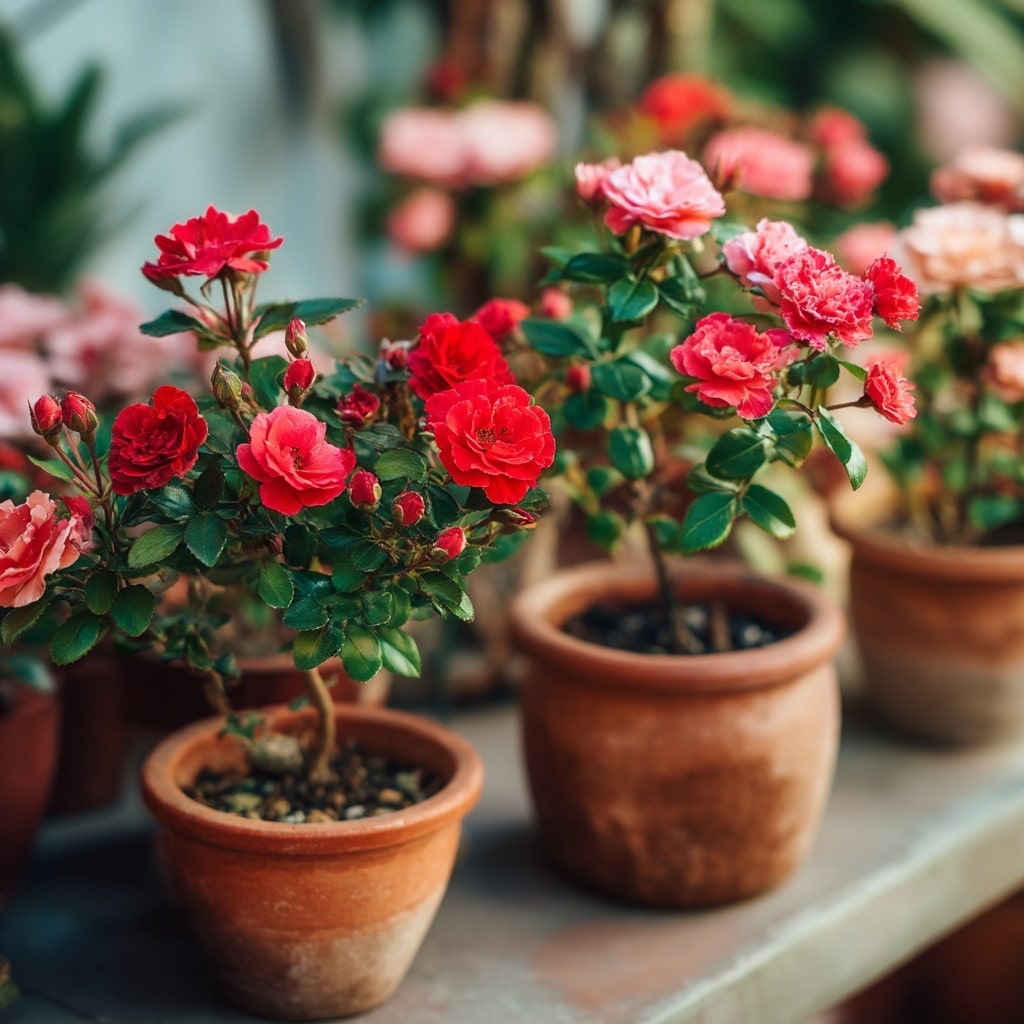
Don’t let their size fool you—miniature roses are just as beautiful and diverse as their larger counterparts. These compact plants typically range from 15 to 30 inches tall, with perfectly scaled-down blooms. Some varieties, known as miniflora roses, produce slightly larger flowers but still stay compact.
Because of their size and adaptability, miniature roses thrive in containers, small beds, and even indoors with enough light. Despite their dainty appearance, many are surprisingly hardy and long-blooming.
✅ Best for: Pots, balconies, small-space gardens
✅ Tip: Use them as decorative borders or grow indoors near sunny windows
Shrub Roses
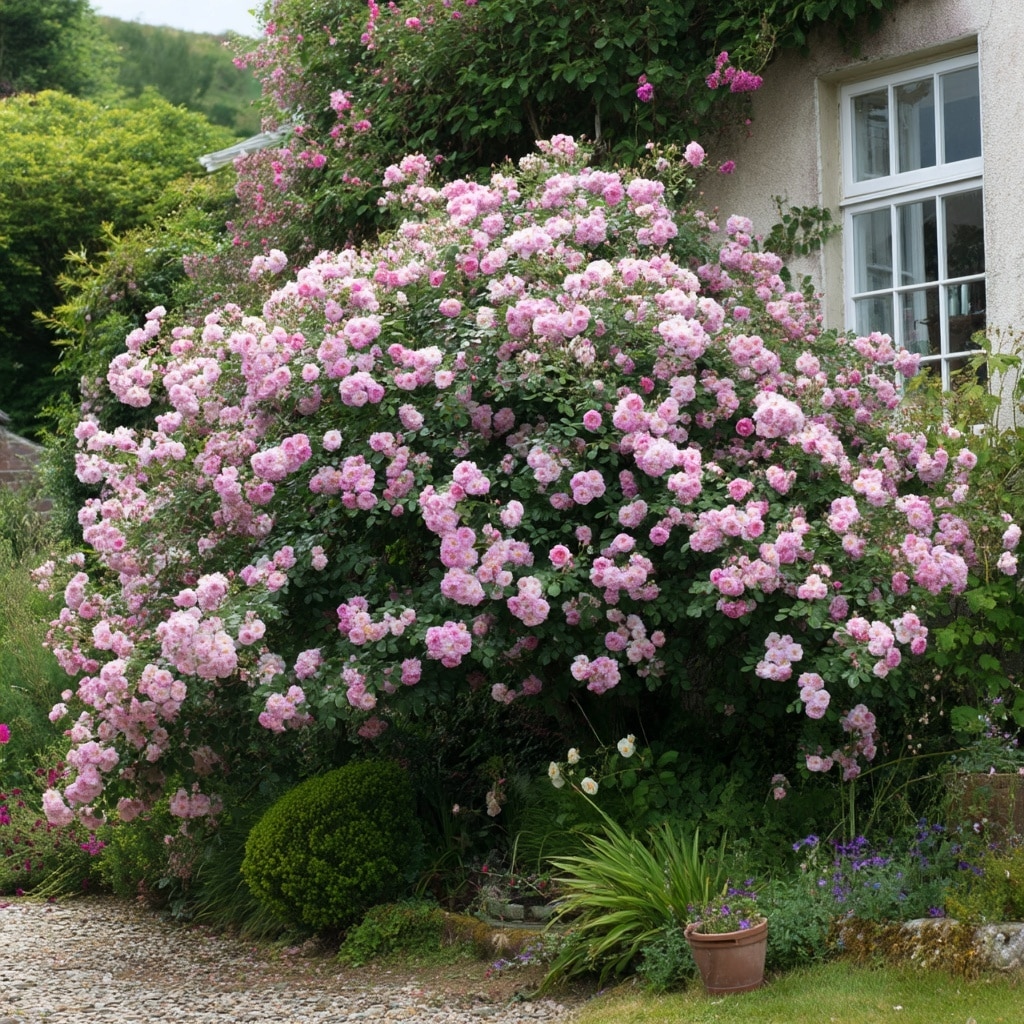
Shrub roses are known for their expansive, bushy growth and ability to withstand tough conditions. Some varieties can spread 5 to 15 feet in all directions, making them excellent for filling large areas or serving as natural hedges.
These roses are incredibly cold-hardy and often bloom in big clusters. Many modern shrub roses combine beauty with practicality—offering disease resistance, a strong growth habit, and plenty of color throughout the season.
✅ Best for: Mass plantings, informal hedges, cold climates
✅ Tip: Prune annually to keep shape manageable and encourage healthy growth
Groundcover Roses
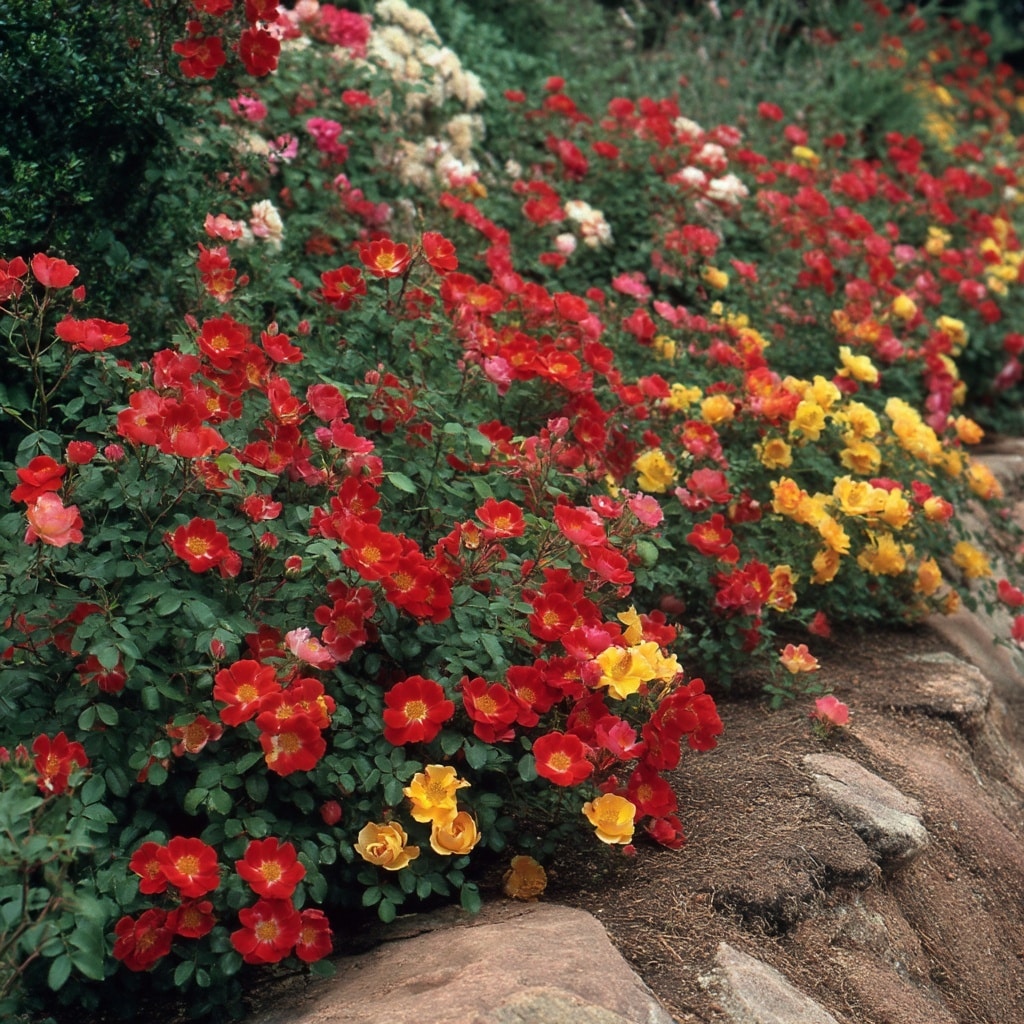
Also referred to as landscape roses, these low-growing varieties spread outward rather than upward. They rarely exceed three feet in height but can cover a wide area with vibrant blooms.
Groundcover roses are bred for easy maintenance, with exceptional disease resistance, drought tolerance, and continuous flowering. Their trailing habit makes them perfect for slopes, rock gardens, or as colorful fillers between taller shrubs.
✅ Best for: Slopes, retaining walls, space fillers
✅ Tip: Great for beginner gardeners due to their low-maintenance needs
Alba Roses
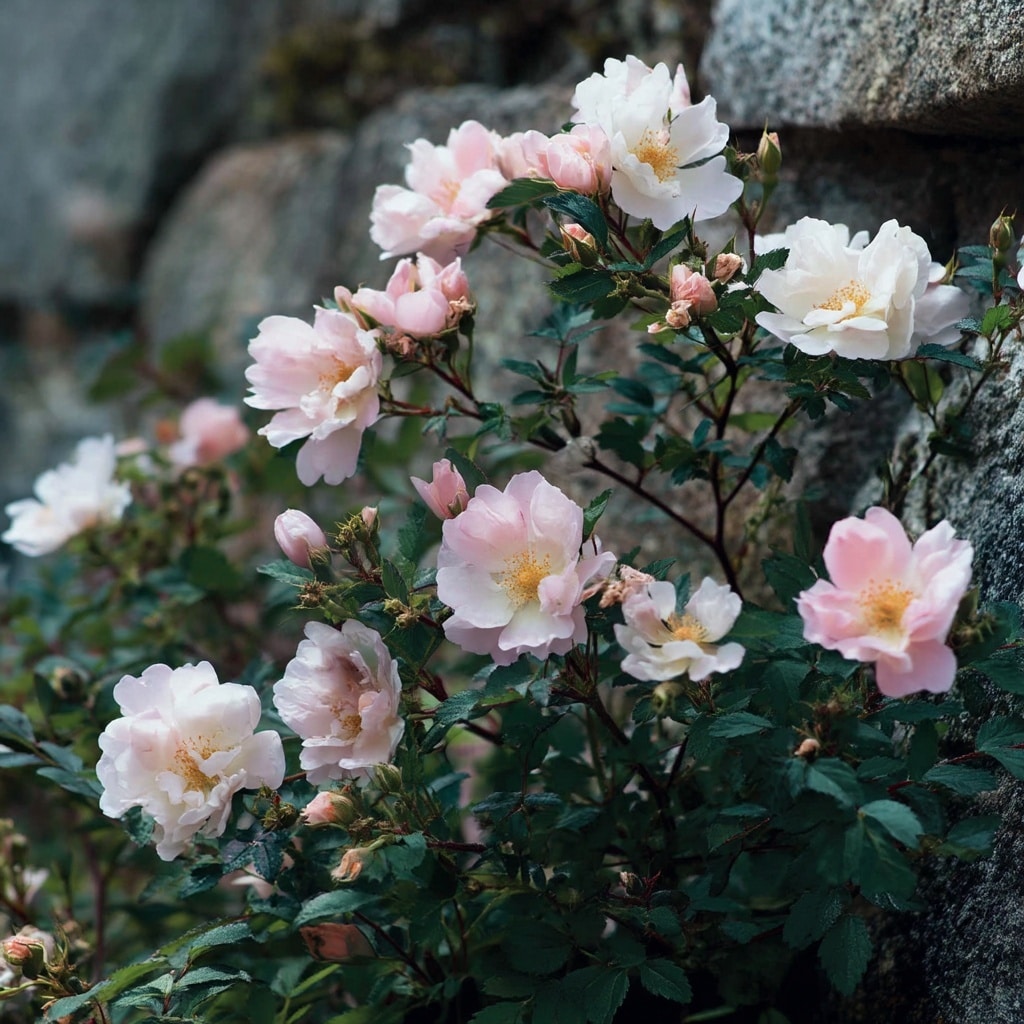
Dating back to Roman times, alba roses are among the oldest cultivated rose types. These tall, upright shrubs have bluish-green foliage and bloom once in late spring or early summer, typically in pale pinks and soft whites.
Alba roses are highly fragrant, tough, and can thrive in partial shade or cooler climates. Their historical charm and reliable performance make them a favorite for heritage gardens.
✅ Best for: Historic landscapes, shaded areas, cold zones
✅ Tip: Minimal pruning is needed—just remove old wood to refresh growth
Bourbon Roses

Bourbon roses originated on the Île Bourbon (now Réunion Island) and blend traits from China and Damask roses. They’re known for their full, richly colored blooms in red, pink, and white, and their strong, pleasant fragrance.
These roses bloom repeatedly and can be grown as upright shrubs or trained to climb. They’re moderately hardy but may need extra protection in very cold climates.
✅ Best for: Trellises, cutting gardens, fragrance lovers
✅ Tip: Mulch and insulate roots in colder regions
Centifolia Roses

Also called “cabbage roses,” centifolia roses are known for their incredibly full, rounded blooms made up of dozens of overlapping petals. These old-fashioned roses come in soft pinks and whites, and the flowers are often so heavy they cause the stems to bend gracefully downward.
Highly fragrant, centifolia roses are often used in perfumes and essential oils. However, they bloom only once in early summer, so they’re best suited for gardeners who favor classic beauty over constant color.
✅ Best for: Cottage gardens, perfume lovers, heritage beds
✅ Tip: Provide support to prevent arching stems from snapping
English/David Austin Roses

Developed by British breeder David Austin, these roses combine the charm of Old Garden Roses with the repeat blooming and color range of Modern Roses. They feature full, rosette-shaped blooms and a strong fragrance reminiscent of antique varieties.
David Austin roses come in hundreds of cultivars but require more maintenance than many modern hybrids. They’re slightly less disease-resistant and may need more attention to pruning and feeding.
✅ Best for: Experienced gardeners, formal gardens, fragrance displays
✅ Tip: Choose varieties bred specifically for your climate zone
China Roses
Originally introduced to Europe in the 18th century, China roses brought the trait of repeat blooming to the West. These bushy, compact roses come in vivid hues like red, pink, and yellow, and many varieties bloom from early summer into fall.
They’re delicate but highly floriferous, and their flowers often carry a soft fragrance. China roses do best in mild climates, as their petals and stems are more sensitive to frost.
✅ Best for: Containers, warmer regions, small beds
✅ Tip: Overwinter in pots indoors if grown in cold zones
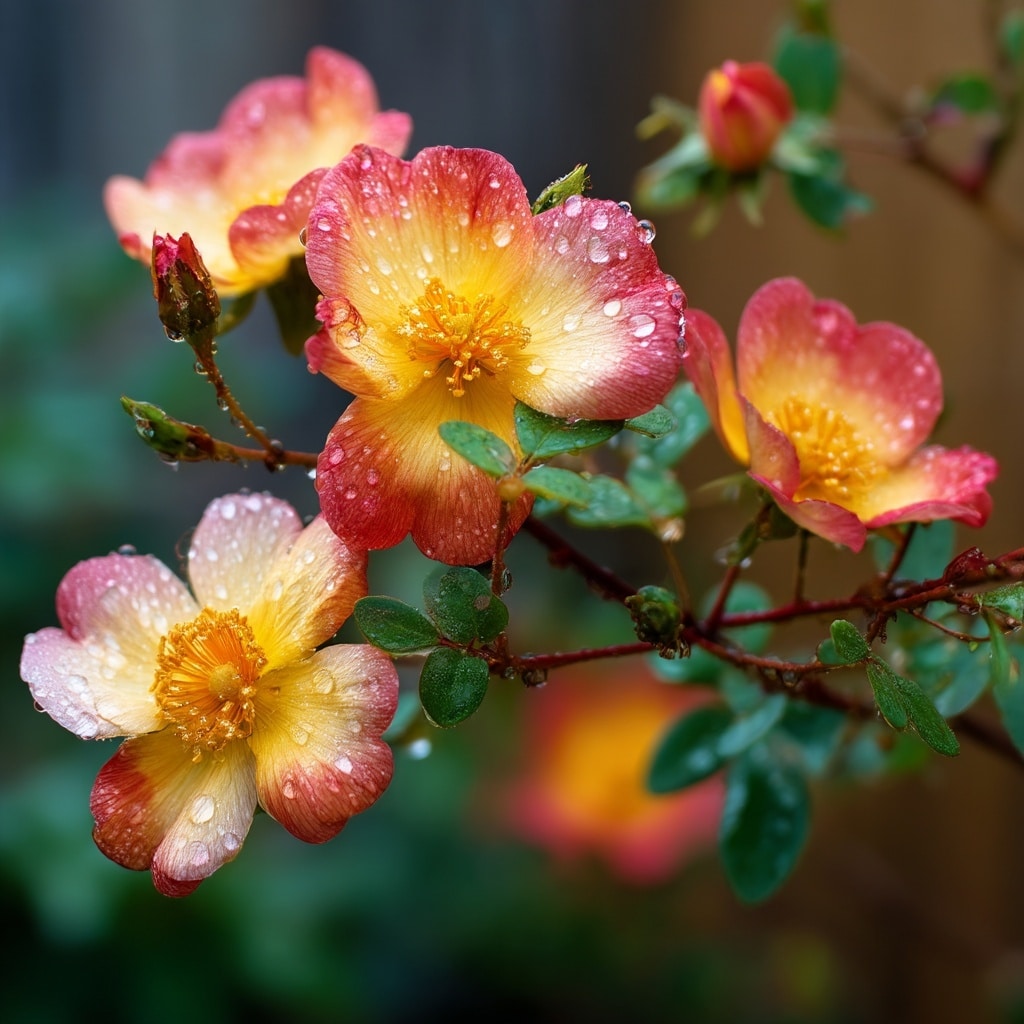
Damask Roses
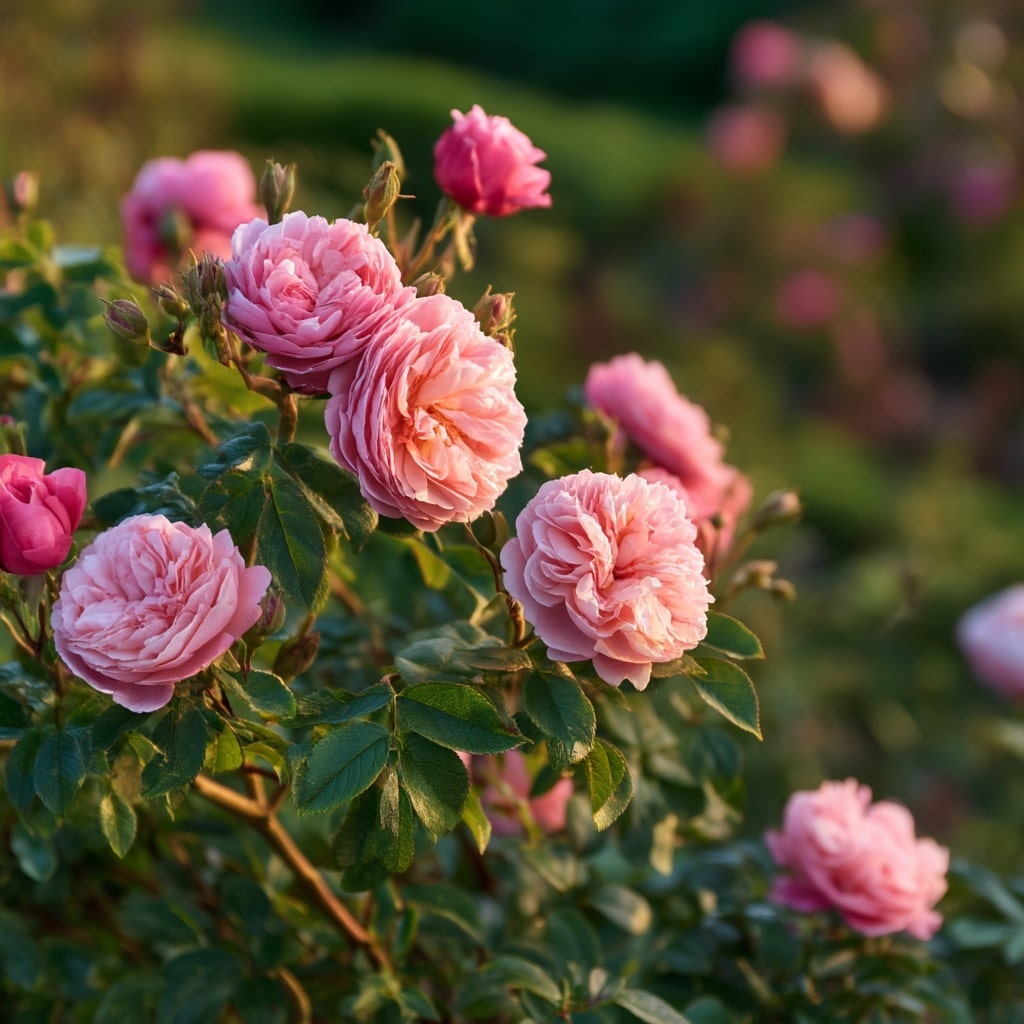
Among the oldest cultivated roses, damasks date back to ancient times and are prized for their heady scent and historical value. They come in two types: Summer Damasks (bloom once in summer) and Autumn Damasks (bloom twice—summer and fall).
Damask roses produce rich pink or white blooms and have been used for centuries in rose oil and water production. Their old-world charm and fragrance make them a favorite in traditional gardens.
✅ Best for: Fragrance gardens, heritage displays, perfume making
✅ Tip: Prune lightly to maintain their graceful, arching form
Gallica Roses
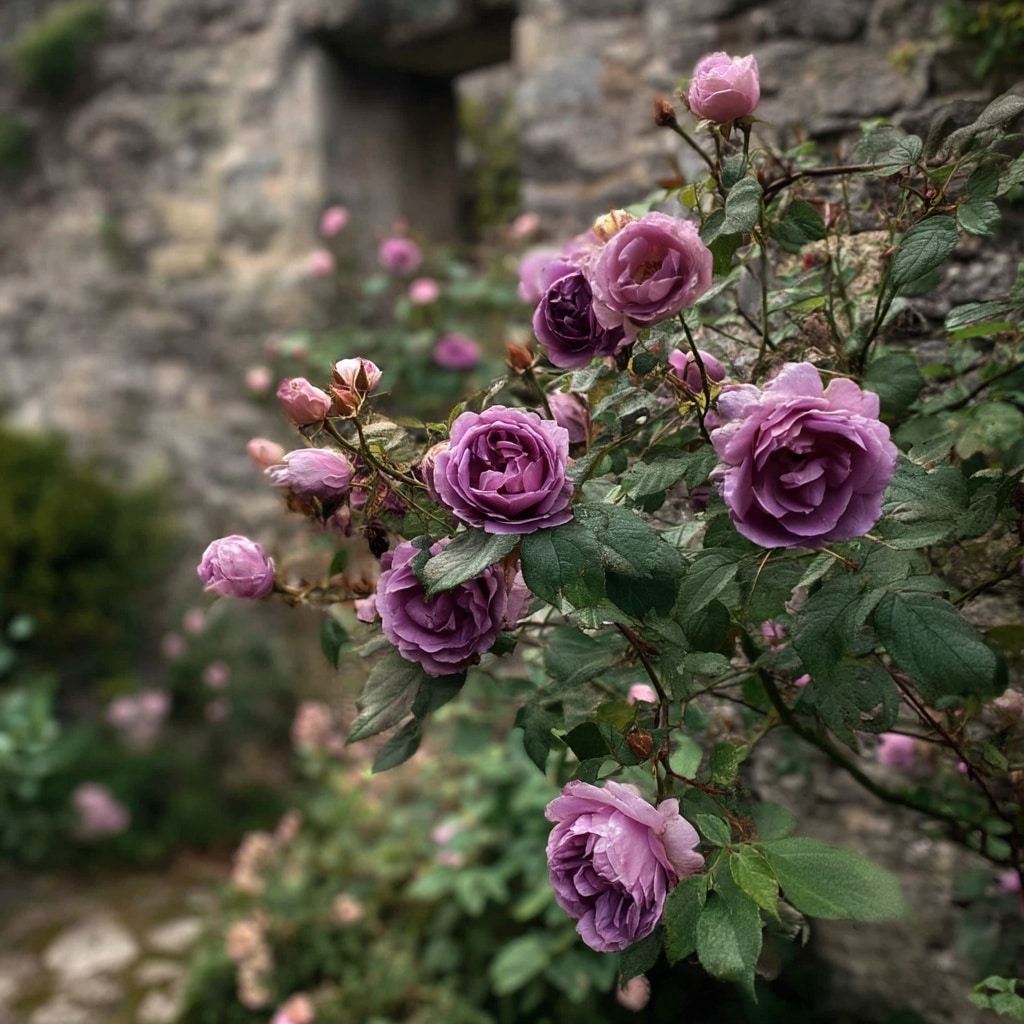
With roots in the 12th century, gallica roses are another ancient variety known for their medicinal and aromatic uses. Also called French or Provins roses, gallicas typically bloom once in early summer, producing highly fragrant flowers in pinks, reds, and purples.
These roses are hardy, shade-tolerant, and ideal for colder climates. Their dense, richly colored blooms and low maintenance needs make them a timeless choice for traditional garden designs.
✅ Best for: Shade gardens, historical plantings, beginner rose growers
✅ Tip: Mulch well and avoid over-pruning to maintain vigor
Conclusion: Finding the Right Rose for Your Garden
With so many types of roses to choose from, it’s easy to see why they’ve captivated gardeners for centuries. Whether you’re drawn to the classic elegance of Old Garden Roses or the nonstop color of modern hybrids, there’s a rose that fits your space, climate, and personal style.
Start simple—especially if you’re new to roses—by choosing hardy, low-maintenance types like floribundas or shrub roses. As your confidence grows, explore more unique varieties to build a garden that blooms with color, texture, and fragrance from spring through fall.
And remember: a well-chosen rose bush isn’t just a plant—it’s a long-term investment in beauty and joy.

